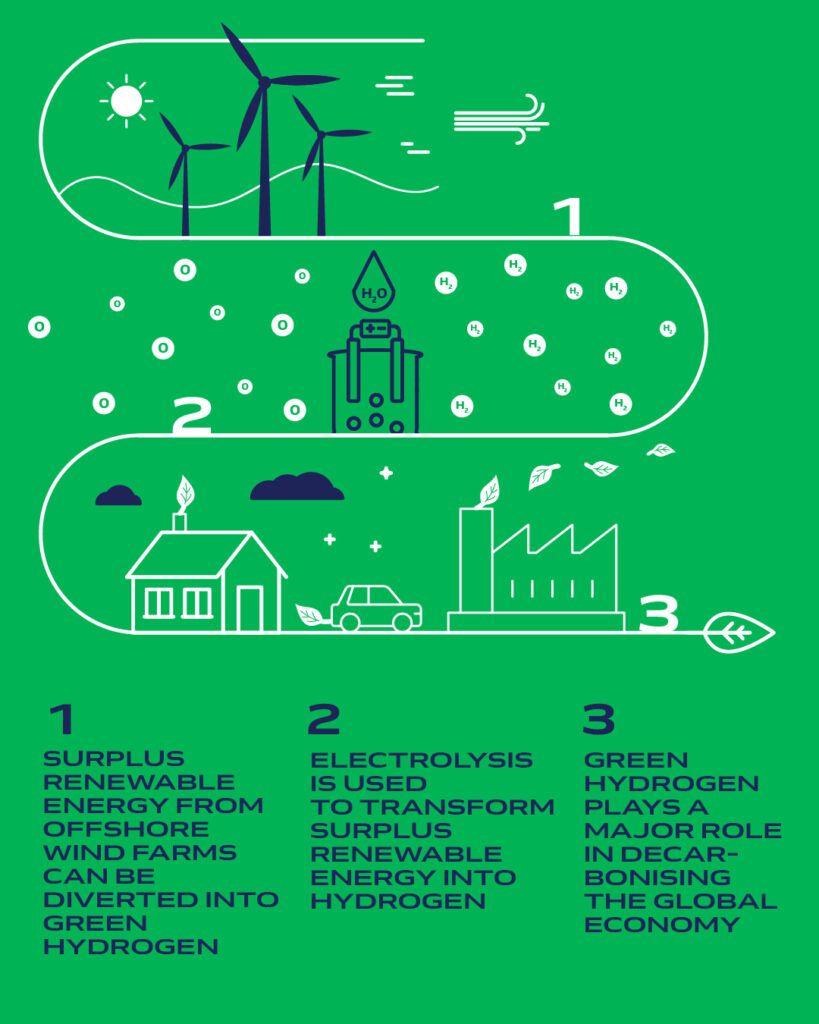Port of Oostende came in an agreement with DEME Concessions and PMV to construct an offshore wind-powered hydrogen plant until 2025. Through their operational plant, collaborators goal to produce green hydrogen as an energy source for electricity, transport, heat and fuel purposes and as a raw material for industrial purposes.
In fact, the operational plant named as “HYPORT”, will be located at the Plassendale 1 port area of Ostend.
With our energy transition in mind, we need to be able to temporarily store our green energy surplus using hydrogen as an energy carrier or to use hydrogen as an alternative raw material for converting the industry away from fossil fuels.
…companies announced.

Moreover, until the end of 2020, 399 wind turbines are going to operate at port’s coast with a combined installed capacity of 2.26 GW. Through their marine spatial plan, there is plenty of space for several hundred more wind turbines, which will generate around an extra 1.75 GW.
That makes a total green energy generating capacity of around 4 GW, supplying half of Belgian households with electricity. However, the wind turbines’ production peaks rarely coincide with consumer demand peaks, meaning that there is an opportunity to compensate for the discontinuity between production and consumption.
…as companies commended in their release.
During the first phase of the project, the general feasibility will be under investigation while its development plan will be worked out. Following there is also scheduled a new demonstration project with mobile shore-based power and an innovative electrolyser of around 50 MW.
By 2022, the roll-out of a large-scale shore-based power project, running on green hydrogen, will start. The finish line will be crossed in 2025 with the completion of a commercial green hydrogen plant in the context of the planned new offshore wind concessions.
Concluding, the three partners joining forces and bring their expertise together, in order to enhance transition of energy and develop offshore projects. Their “HYPORT” project will deliver a CO2 emissions’ reduce of about 500.000 to 1.000.000 tons per year, while aid to the achievement of Belgian and European climate objectives.




























































